Table of content
Chestnuts, often referred to as the “bread of the forest,” have been a culinary staple across cultures for centuries. Their sweet, nutty flavor and versatile texture make them a favorite ingredient in both sweet and savory dishes. However, achieving the perfect balance of tenderness and firmness when boiling chestnut kernels can be a delicate art. This article delves into the intricacies of boiling chestnut kernels, exploring the optimal cooking time, techniques, and tips to ensure your chestnuts turn out flawlessly every time.
The Science Behind Boiling Chestnuts
Before diving into cooking times, it’s essential to understand the anatomy of a chestnut. Encased in a hard, spiky shell, the kernel (or meat) of the chestnut is protected by a thin, bitter inner skin called the pellicle. Boiling serves two primary purposes: softening the kernel and loosening the pellicle, making it easier to peel. The cooking time directly impacts the texture—too short, and the chestnuts remain hard; too long, and they become mushy.
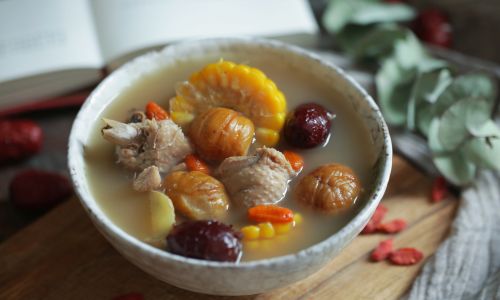
Factors Influencing Boiling Time
The ideal boiling time for chestnut kernels isn’t a one-size-fits-all answer. Several variables come into play:
- Size of the Chestnuts: Larger kernels require more time to cook through.
- Freshness: Fresh chestnuts have higher moisture content, which can reduce cooking time.
- Altitude: At higher elevations, water boils at lower temperatures, potentially extending cooking time.
- Desired Texture: Some recipes call for al dente chestnuts, while others prefer a softer consistency.
Standard Boiling Time: 15–20 Minutes
For most medium-sized, fresh chestnuts, boiling for 15–20 minutes in salted water yields perfectly cooked kernels. Here’s a step-by-step breakdown:
- Preparation:
- Score the Shells: Use a sharp knife to cut an “X” on the flat side of each chestnut. This prevents bursting and aids in peeling.
- Soak (Optional): Some chefs soak chestnuts in warm water for 30 minutes to soften the shells.
- Boiling:
- Place chestnuts in a pot and cover with cold water. Add a pinch of salt to enhance flavor.
- Bring to a rolling boil, then reduce heat to a simmer.
- Cook uncovered for 15–20 minutes, stirring occasionally.
- Testing Doneness:
- Pierce a kernel with a paring knife—it should slide in easily with slight resistance.
- Alternatively, remove one chestnut, let it cool, and peel. The kernel should be tender but not crumbling.
Adjusting for Variables
Size Matters
- Small Chestnuts (1–1.5 inches): Reduce boiling time to 12–15 minutes.
- Jumbo Chestnuts (2+ inches): Extend to 20–25 minutes.
Altitude Adjustments
At elevations above 3,000 feet, water boils at ~203°F (95°C) instead of 212°F (100°C). Compensate by:
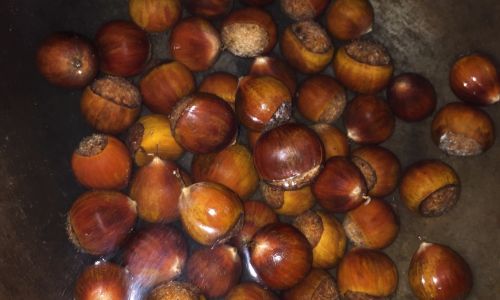
- Adding 2–3 minutes to the boiling time.
- Using a lid to retain heat (though this may soften textures further).
Freshness Check
- Fresh Chestnuts: Float in water—sinkers are fresher; floaters may be dried out.
- Dried Chestnuts: Rehydrate by boiling for 30+ minutes or using a pressure cooker.
Advanced Techniques for Perfect Chestnuts
The “Cold Start” Method
- Place scored chestnuts in cold water, then bring to a boil. This gentle heating prevents kernel shrinkage.
Steam-Boiling Hybrid
- After boiling for 10 minutes, drain water and steam chestnuts for 5–10 minutes. This method preserves moisture.
Flavor Infusions
- Add aromatics to the boiling water:
- Sweet: Cinnamon sticks, vanilla beans, or honey.
- Savory: Bay leaves, thyme, or black peppercorns.
Troubleshooting Common Issues
Undercooked Chestnuts
- Symptoms: Kernels are crunchy or difficult to peel.
- Fix: Return to boiling water for 3–5 minutes.
Overcooked Chestnuts
- Symptoms: Mushy texture, broken kernels.
- Prevention: Start testing doneness at the 12-minute mark.
Stubborn Pellicles
- Solution: After boiling, wrap chestnuts in a towel and steam for 5 minutes. The heat loosens the pellicle.
Creative Recipes Using Boiled Chestnuts
Boiled chestnut kernels are incredibly versatile. Here are four recipes to elevate your culinary repertoire:
Classic Boiled Chestnuts with Herb Butter
- Ingredients: 2 cups boiled chestnuts, 4 tbsp unsalted butter, 1 tbsp chopped rosemary.
- Method:
- Sauté chestnuts in butter until golden.
- Toss with rosemary, salt, and pepper.
Chestnut and Mushroom Soup
- Ingredients: 1 cup boiled chestnuts, 8 oz cremini mushrooms, 4 cups vegetable broth.
- Method:
- Sauté mushrooms until caramelized.
- Blend with chestnuts and broth until smooth.
- Simmer for 15 minutes; garnish with chives.
Chestnut and Apple Salad
- Ingredients: 1 cup boiled chestnuts, 2 apples (diced), 4 cups arugula.
- Method:
- Toss ingredients with lemon vinaigrette.
- Top with toasted walnuts and goat cheese.
Chestnut Mont Blanc Dessert
- Ingredients: 1 cup boiled chestnuts, 1/2 cup heavy cream, 2 tbsp sugar.
- Method:
- Purée chestnuts with cream and sugar.
- Pipe onto meringue nests; dust with cocoa.
Storing Boiled Chestnuts
- Refrigerator: Store in an airtight container for up to 5 days.
- Freezer: Place in a freezer-safe bag; they’ll keep for 6 months.
- Reheating: Simmer gently in water or sauce for 3–5 minutes.
The Cultural Significance of Chestnuts
Chestnuts have long been symbols of abundance and resilience. In Italy, marroni are roasted over open fires during festivals. In Japan, kuri chestnuts are steamed with rice for a comforting dish. Understanding these traditions adds depth to your cooking—whether you’re crafting a holiday feast or a simple weeknight meal.
Health Benefits of Chestnuts
Beyond their culinary appeal, chestnuts offer nutritional perks:
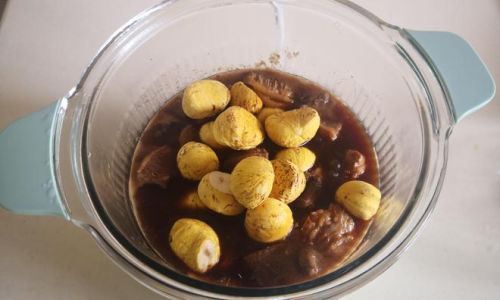
- Low in Fat: Unlike other nuts, chestnuts are primarily carbohydrate-based.
- Rich in Fiber: Aids digestion and promotes satiety.
- Vitamin C: Boosts immunity (especially when consumed fresh).
Conclusion: Mastering the Boil
Boiling chestnut kernels is a blend of science and art. While 15–20 minutes serves as a reliable baseline, adapting to size, freshness, and altitude ensures perfection. Whether you’re simmering them for a soup, puréeing into a dessert, or enjoying them plain, mastering the boil unlocks the full potential of this ancient ingredient. So, the next time you hold a chestnut in your hand, remember—patience and precision are your allies in the kitchen.
Final Tip: Invest in a chestnut knife for safe scoring. Its curved blade minimizes slippage, protecting your fingertips while maximizing flavor.
With this guide, you’re now equipped to boil chestnut kernels with confidence—transforming a simple cooking technique into a culinary triumph.

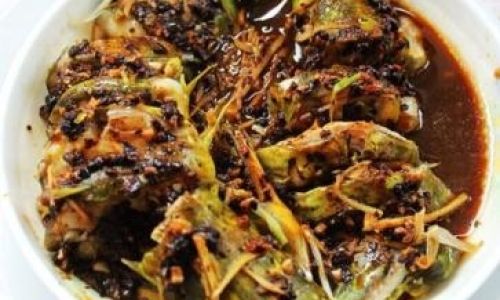

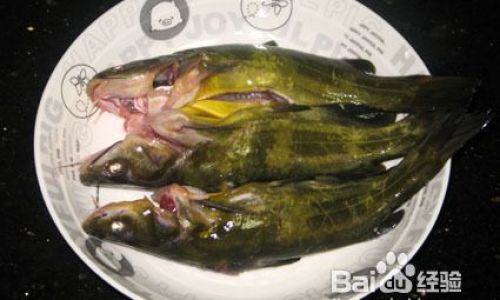
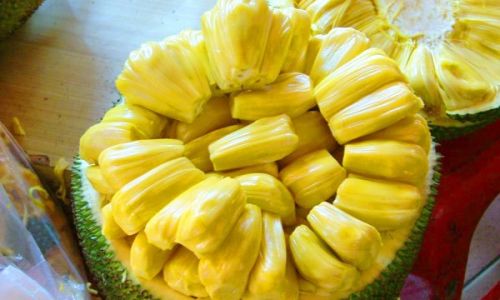
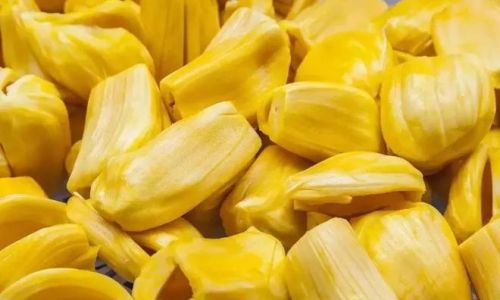
0 comments